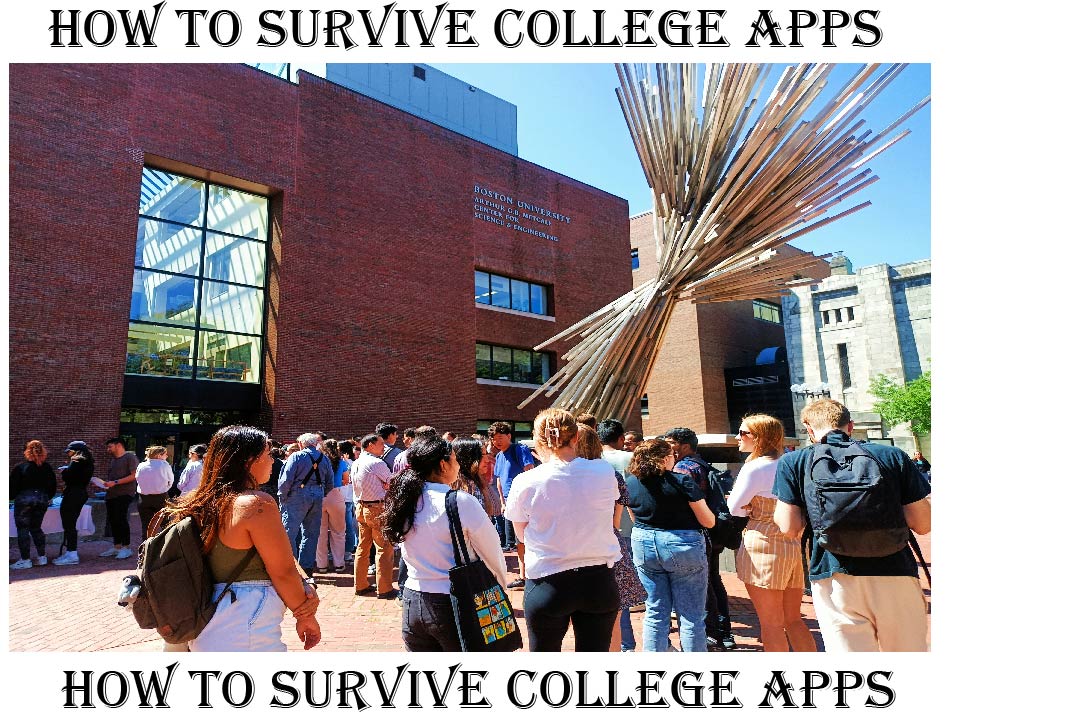There’s a lot of information out there on black holes; YouTube videos, news articles, and theoretical physics papers, but how do we digest it all? Black holes break physics and our brains, so what is the deal with them? What is the black whole story?
If someone takes a thing, and keeps making it smaller and smaller, it becomes denser and denser. They might make a white dwarf star or a neutron star, with the matter inside so compressed that the protons and electrons become neutrons. But what is the densest we can get? Zachary Levi? JAMES CORDEN? No, The densest we can get is a black hole.
A black hole results from a star of 2.8 or more times the mass of the sun, dying. When the star goes supernova, it ejects its outer layers. The core of the star then collapses to form the singularity of a black hole, as the black hole consumes the outer layers on the way out.
There are several boundaries and components of a black hole. The first is the singularity (or ringularity, if we’re getting technical): The part with all the mass in the middle of the black hole. This is the only true physical part of the black hole inside the event horizon, and it’s either a Planck length (1.588*10^-33 inch, so very small) sized point or a Planck length width ring of all the stuff that was normal matter but is now the black hole. The event horizon is where the “black” part comes from, as this is the point at which nothing can escape the black hole. This shows up as a sphere because light is technically still a thing and it can’t get out of the black hole. Surrounding the black of the event horizon, is an accretion disk.
Black holes still spin, just like the stars they were before. This material spins with the black hole, accelerated into a big ol’ disk because of the 66,000 revolution per minute pirouette the chunk munchkin is performing. This matter is how we can identify we’re looking at a black hole, as a black orb on a black background doesn’t make it terribly easy to tell something is there.
There are two possible reasons that light can’t escape the hole itself. One explanation is that at the event horizon, the escape velocity of an object reaches the speed of light. The other is that the black hole acts like a manipulative significant other, distorting space-time so much that there is no other way than to be with them. If that sounds weird, don’t worry, it gets so much weirder.
Since humans can’t travel at the speed of light, what would happen if one got too close to the event horizon, otherwise known as the “point of no return?” Basically, the black hole’s gravity is so strong near its event horizon that the tidal forces strongly affect a person’s body. If an astronaut was to get too close to the event horizon, their body would be stretched towards the black hole vertically and compressed horizontally. This effect on a human body is called spaghettification, due to the fact it makes a person into a thin noodle-like shape.
Spaghettification is inevitable, but it affects objects greater when the black hole is smaller due to the tidal forces acting around the black hole. Tidal forces have more drastic effects the more gravity increases. Around smaller black holes, this is drastically increased. Supermassive black holes have 1000+ solar masses while a stellar mass has 0-100 solar masses. For reference, one solar mass is the mass of the sun. With that information, a person would think a supermassive black hole would have stronger spaghettification, but instead it has less. Since a supermassive black hole has a larger radius than a stellar mass; the tidal forces are less than sufficient to create spaghettification. So, in terms of spaghettification, it is lessened with a supermassive black hole compared to a stellar mass black hole.
Even weirder, black holes don’t just play with the light going directly into them, they also mess with the light around them. In the film Interstellar, “Gargantua” [the big black hole at the end of the movie] has an accretion disk around it, but it’s not a flat disk, or so it appears. There’s material above and below the black hole, right?
WRONG! That’s the gravity of the black hole manipulating the light and bending it around to a person’s eye. That ring on the top and bottom? That’s the back of the accretion disk that would normally be blocked by the big black circle. This doesn’t just happen with an accretion disk though, as any light that gets into that distorted space gets bent out of shape like Ms. Lazzuri when someone compliments her Shien.
This is called Gravitational lensing, and it’s one of three big ways we find black holes. The other two are known in scientific terms as “How much does it screw stuff up around it?” and “Why is this singular star ejecting multi-light-year long stretches of gamma rays along its magnetic poles?” There aren’t really names for these, but we can see them.
The easiest one to explain: the effect method. If someone can figure out how big a nearby star is, and they can figure out how fast said star is going, then they just might be able to figure out the point the star is getting flung around on. This is especially useful when we’re pretty sure nothing was in a place before, but then it suddenly changes course. If nothing in that area would be heavy enough to do that, then we probably just found a stellar-mass black hole out in the open here.
More difficult to comprehend, but still fun, are the Quasars. These are black holes, but with massive jets of superheated plasma and high-energy electromagnetic radiation (hot gas and spicy light) shooting out of each end of its axis of rotation. These bursts are caused by the black hole “eating” something especially massive. After it’s spaghettified, the infalling material gets hotter and hotter. Eventually, it gets to the point where it’s gunning to turn anything perpendicular to its spin into another 3-mile island. Black holes in the middle of this process are called “Quasars”, and if it happens to have its beam pointed right at us, it’s called a “Blazar.” If the black hole doing the nomming is the center of a galaxy, it’s called an “active galactic nucleus.”
Speaking of, every galaxy has one of these things in the dead center, often one that’s hundreds of millions of times the mass of our sun. Most of the supermassive black holes we’ve found are active galactic nuclei, simply because they’re so obvious. Many will point out the irony that the “black” hole is responsible for the brightest stellar objects we know of.
This may be a lot of confusing information, but don’t worry—it gets so much better! There is a space around a spinning black hole where space-time is being dragged behind the black hole as it spins, not just the matter, but the fabric of the universe itself. This creates the possibility that if a person enters this “ergosphere” already moving, assuming they are traveling in the direction of spin, they can spit themselves out of the hole’s gravity well going faster than they were originally, and faster than they would be with a gravity slingshot.
Hawking radiation is how black holes die. Simplified to a hilarious degree, everywhere there is not currently matter in the universe, one particle of matter and one of antimatter (same particle weight, opposite charge) are popping into existence and immediately annihilating each other. When this happens on either side of a black hole’s event horizon, one of these particles keeps going in, while the other escapes. This will lead to more and more annihilations, but this time inside the black hole. Through this process, black holes will slowly decay and die.
The weirdest part: The information paradox. In physics, it’s a mathematical necessity to have everything able to work backwards and the matter needs to become accessible again. Under older models of physics, this would create a paradox, as these voluptuous chumpkins held all this matter inside of the singularity, completely uniform and undifferentiated, and without the information to know how that matter is to be reversed. However, black holes may release this information throughout their lives via Hawking radiation, involving a whole bunch of theoretical concepts they’d need a graduate school level of comprehension to even start understanding, but they will probably die and in that dying they release all that information, albeit in a severely mangled fashion.
The many mysteries of the universe are made so much more complicated by these munchkins, but without them, we wouldn’t know these extremely specific flaws in our understanding of the universe. We wouldn’t be in the place we are without them, as horrifying as they are to think about.










































